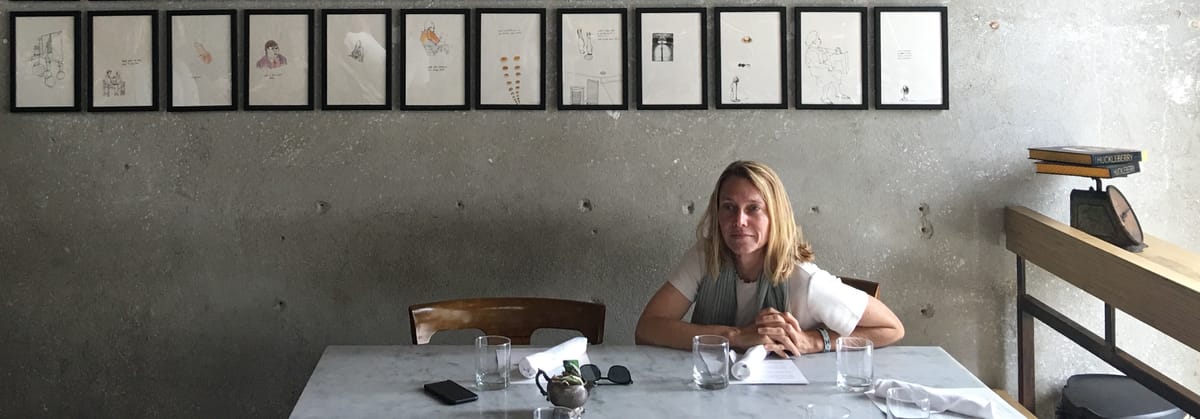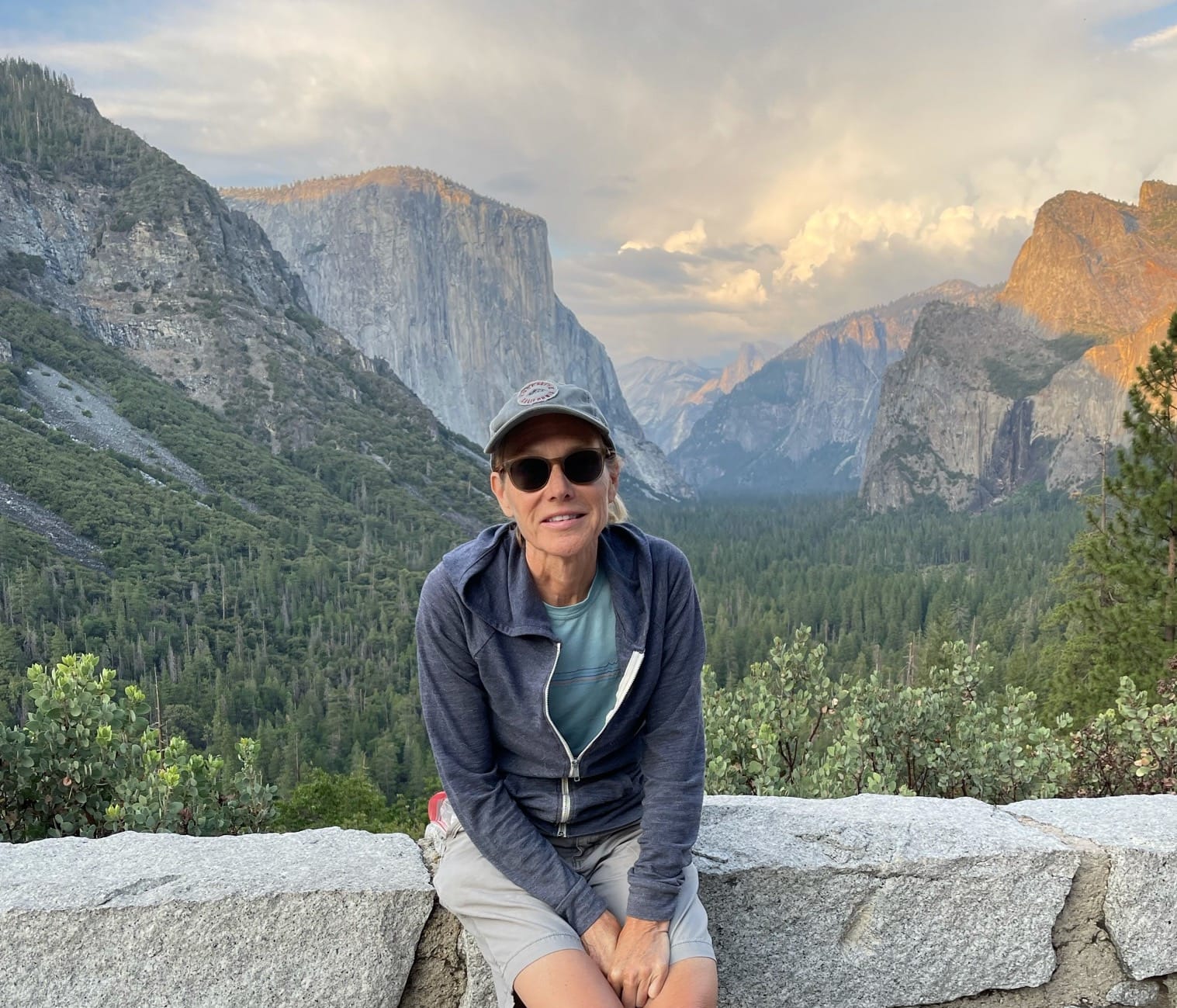About Tess

When I was a kid, my mother would introduce me to her friends by saying, “This is my creative child.” She said it like a grand presentation, as if there was no higher calling. I was always drawing, painting, coloring, making things. My mind was a fertile landscape where I fantasized about inventing a round car, having alternate sets of parents, being a famous actress/artist/athlete, and shapeshifting into animals. I did something else, too. As a result of childhood trauma, I’d escape from the present and time travel into the future where I would hang out with my adult self. I didn’t know that this was a valid therapeutic practice in reverse: instead of connecting with my inner child, I connected with my inner adult.
My mother, a master quilter, fostered my artistic side, while my father, a chemist, instilled the importance of science. The one sentence he’s said that has stuck in my brain more than any other is, “If it can’t be scientifically proven, it doesn’t exist.” My mother was a woman of faith. My father was a man of practicality. In my childhood, I was torn between the two.
When I was in high school in the Midwest, I attended a leadership camp that had some touchy-feely woo-woo elements to it. One day, I was partnered with one of the camp facilitators in an exercise, and I told him I was having trouble concentrating because I had a headache. We didn’t have easy access to any medication so he told me to close my eyes, and he led me through a series of visualizations. First, I was to map out exactly where the pain was in my head and describe it to him. How big? How thick? In one piece? What shape? Did it have a color? Was it pounding or pulsating or just hanging out? Once I’d identified my headache, he told me that headaches don’t like attention and it would start to move. He suggested that as it moved, I could watch the headache shrinking and leaving. He also suggested that I could speed up the process if I asked the headache what it was trying to tell me.
Not only did this work beyond my expectations, it blew my mind. I began to wonder where mysticism fit into the world, and more specifically, where it fit into my world. As I approached college, my interest in both art and science left me with two competing career options. I’m certain now that my unconscious shamanistic leanings helped me decide to attend film school over medical school.
Shortly after I moved to California, I stumbled on the Louise Hay book, You Can Heal Your Life, and from that point on, every pain or injury I had, I would look up in the book to understand what may have caused the problem and how I could heal it with the power of my mind. Even when I needed to partner with Western medicine to correct a physical ailment, I was still very conscious that everything that happened to me was a message to receive and a lesson to learn.
In the early 90s, I discovered that Louise Hay held a weekly support group in West Hollywood for the AIDS community called the Hayride. I started going just to learn more about her. Louise introduced me to the work of Marianne Williamson whose first book, A Return to Love, had just been published, and I was pulled more deeply into New Age thinking. My lifelong fascination with the human body and its potential had been skewing away from modern medicine toward wisdom traditions that were more native, ancient and spiritual. Judith Orloff and Caroline Myss sparked my interest in the field of intuitive healing. But while I spent decades in utter fascination with the mind/body/spirit connection, I still identified and made my living as a writer. Then Covid changed everything.
We are here to learn to endure the beams of love. –William Blake
